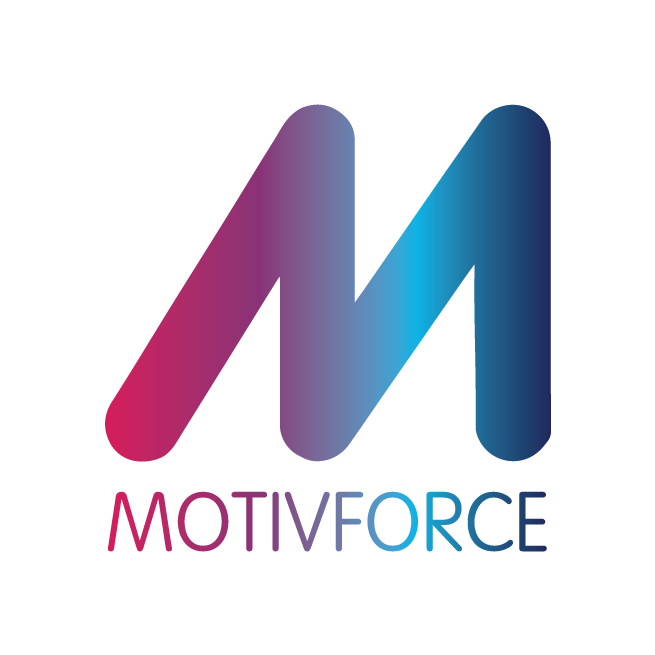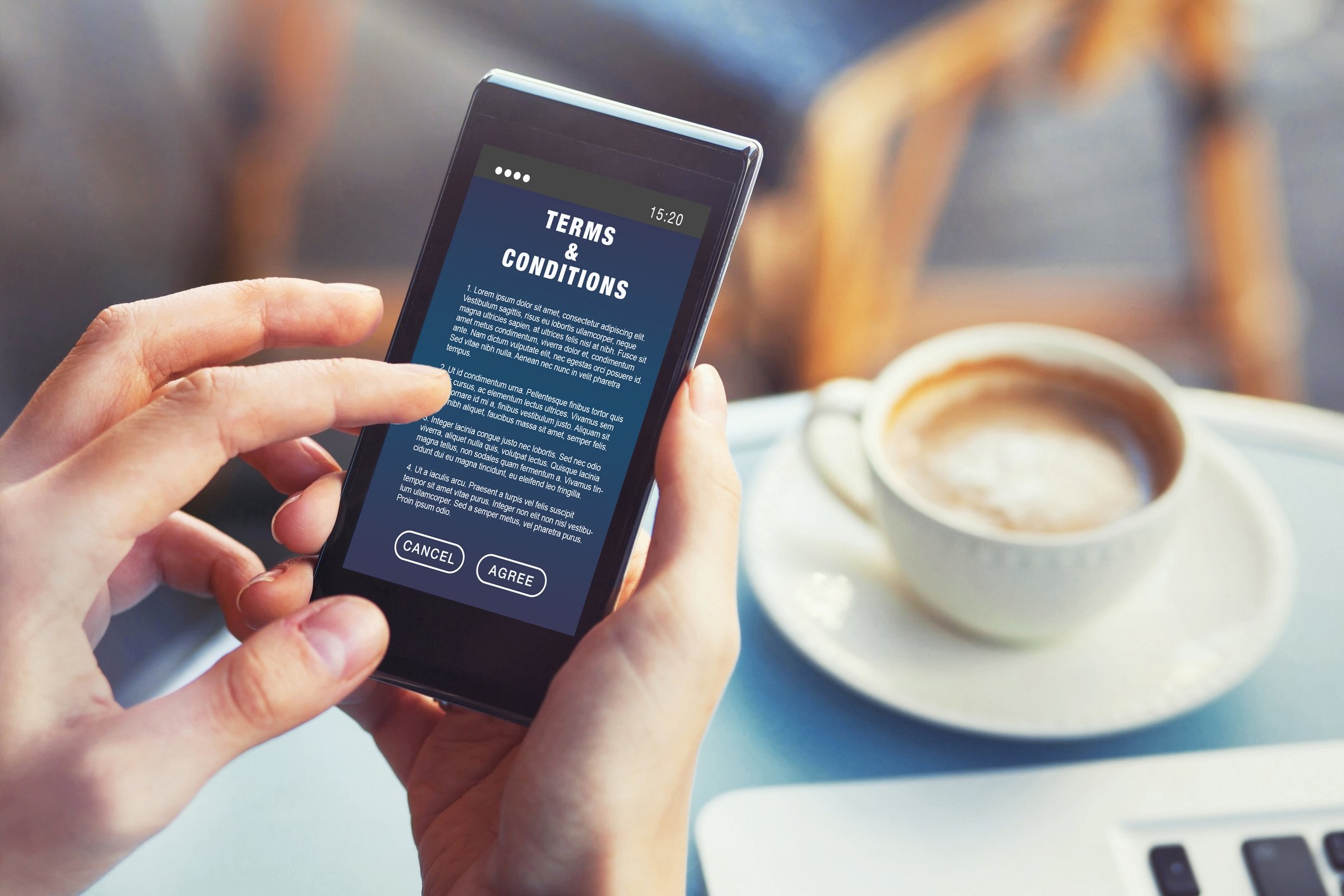How to make a ‘spectacle’ of your loyalty program
The Appliance of Science
Loyalty and incentive programs attract, motivate and reward your best customers and there is no doubt that they can be very powerful marketing tools – their success has been well documented in industry case studies, academic literature and loyalty marketing awards programs.
Your best customers are the ones that listen to and respond to your loyalty promise. But delivering on that promise is highly dependent on structuring an effective program. All too often loyalty programs fail to deliver their promise not only to participants; they also fail to meet the high expectations of senior management.
Thus, to deliver on the ‘spectacle’ of a loyalty program, it’s vital we work on the ‘science’ behind it. Here are 8 key elements to applying this science:
1. Planning – every successful award-winning program has one thing in common - a clear set of measurable objectives. Thus, the program design, budget and resources are channelled to exceeding these objectives. If objectives are unstructured, for example it’s a case of “our competitor has just launched a loyalty program so we must follow suite” – then this is a recipe for failure. Objectives need to focus on how this program will improve your business – not what your competitor is doing.
2. Effort advantage – the science of working out the precise number of points that a participant will receive in return for the effort that they have had to make to close a sale, complete a learning activity, embark on a step to the sale or undertake compliance. If the effort is too great, you risk losing engagement with your customers.
3. Threshold of Engagement – the point at which participants are no longer window shopping, but are now advocates of your program. It is important that you benchmark and know the level of this threshold and what you need to do once a participant reaches it.
4. Recognition – everyone loves recognition for his or her efforts. Whether this is via membership status tiers in a program, online badges, leader-boards or progress recognition, these structures need to be included in the program design.
5. Hard & Soft Benefits – the fine balance between hard benefits (the points and economic advantage that participants gain from participating in the program) and the soft benefits (status, recognition, waivers and favours, upgrades, VIP hotlines.) If a program simply has hard benefits, it will be subjected to tit for tat campaigns from competitors, with the winner being the company that has the deepest pockets.
6. Data and analytics – this is the plasma that drives loyalty programs. Analytics and data help you to understand the behaviours of your participants and design campaigns and products that help to accelerate that behaviour.
7. Social Loyalty – the building structures that harness social and networking properties to further drive engagement and influence behaviour. These range from social networks within programs, to a presence on social media platforms such as Facebook, LinkedIn, Instagram and Twitter.
8. The 24/7 world – providing real time access to participants is now a standard offering. Integral to this is delivering loyalty programs via mobile-enabled websites and micro-sites, enabling participants to engage in sales claiming, registration, or have access to learning and resource tools 24/7.
By embracing these ‘scientific’ elements effectively, you can be sure that your loyalty ‘spectacle’ will be amazing.











